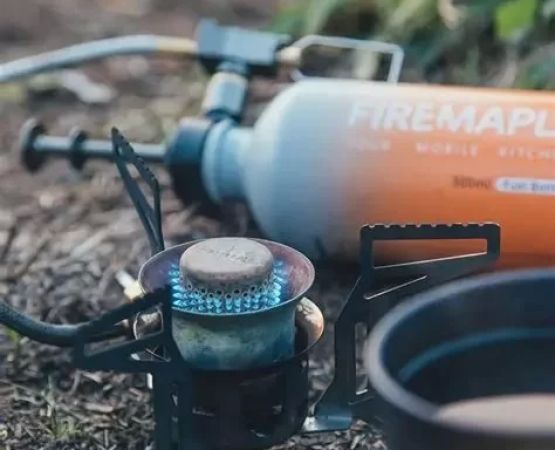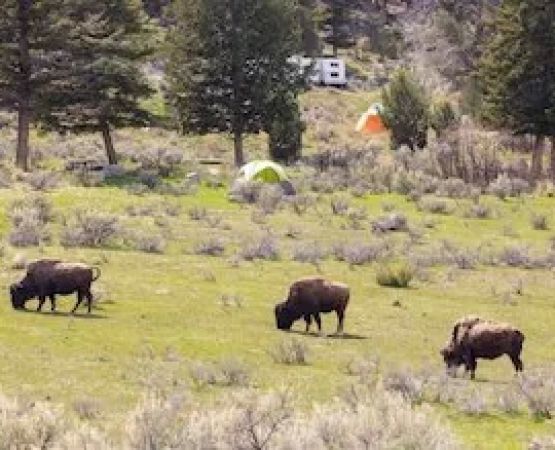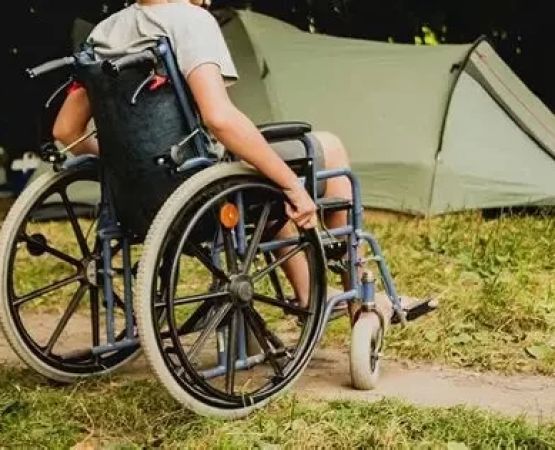- #recognizing-snake-bite-symptoms - venomous-vs-nonvenomous - risk-assessment
- #immediate-first-aid-response - safety-precautions - minimizing-venom-spread
- #seeking-medical-attention - emergency-services - treatment-procedures
- #preventing-snake-bites - outdoor-awareness - protective-gear
- #real-life-incidents-and-lessons - survivor-stories - expert-advice
Recognizing Snake Bite Symptoms
Venomous vs. Nonvenomous Bites
When learning how to deal with snake bites and first aid response, the first step is identifying whether the bite came from a venomous or nonvenomous snake. Venomous bites may cause symptoms such as severe pain, swelling, discoloration, dizziness, and difficulty breathing. Nonvenomous bites, while painful, usually result in less severe local symptoms but still require cleaning and monitoring for infection.
Risk Assessment in the Field
If the snake is still visible, note its color, size, and distinctive markings from a safe distance. This information can be critical for medical teams. However, avoid attempting to capture or kill the snake—it increases your risk of additional bites.
Immediate First Aid Response
Safety Precautions Before Assisting
Ensure the scene is safe before approaching the victim. If possible, move them away from the snake’s range. Encourage them to remain calm and still, as movement accelerates venom spread. Reassure them while you begin first aid measures.
Minimizing Venom Spread
Keep the affected limb immobilized at heart level and remove any tight clothing or jewelry to accommodate swelling. Do not attempt to cut the wound, suck out the venom, or apply a tourniquet—these outdated practices can cause more harm than good. Instead, apply a loose, clean bandage over the bite site and monitor breathing until professional help arrives.
Seeking Medical Attention
When to Call Emergency Services
Call emergency services immediately if the bite is from a suspected venomous snake, if symptoms worsen rapidly, or if the victim shows signs of shock. Even nonvenomous bites should be evaluated by a healthcare professional to prevent complications.
Treatment Procedures at the Hospital
At the hospital, doctors may administer antivenom, provide intravenous fluids, and monitor vital signs. In some cases, additional treatments like wound debridement or antibiotics may be necessary. Guests at outdoor destinations like Pine Cliff Resort are often briefed on local emergency protocols before venturing into snake-prone areas, ensuring faster response times.
Preventing Snake Bites
Outdoor Awareness
Most snake bites occur when people accidentally step on or provoke snakes. Wearing sturdy boots, staying on marked trails, and avoiding tall grass or piles of debris significantly reduces the risk. In warmer months, snakes may be more active, especially at dawn and dusk.
Protective Gear and Planning
Carrying a walking stick can help you probe the ground ahead and alert snakes to your presence. Lightweight snake gaiters offer additional protection for hikers in high-risk zones.
Real-Life Incidents and Lessons
Survivor Stories
One camper in the American Southwest was bitten by a rattlesnake after stepping over a log without checking the other side. Quick immobilization of the limb, calling 911, and early administration of antivenom saved his life. His experience underscores the importance of knowledge and calm action.
Expert Advice
Wildlife experts emphasize that prevention is always better than cure. By staying alert, respecting wildlife, and knowing basic first aid, you can greatly reduce both the risk and severity of snake bite incidents.







